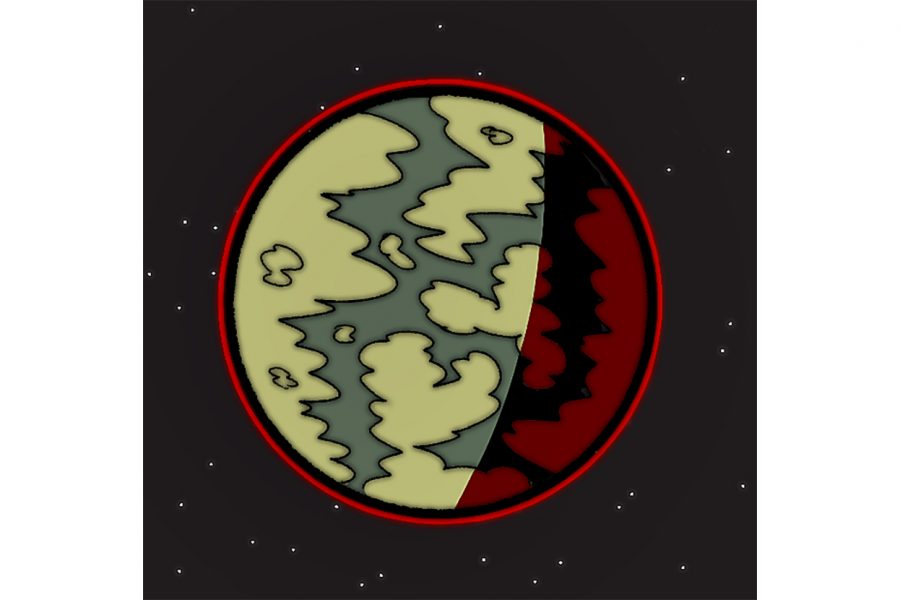Our solar system is now tied for the most planets around a single star.
In December, astronomers discovered an eighth planet circling the star Kepler-90. Though Kepler-90 is a sun-like star, the newly-discovered planet which orbits it, Kepler-90i, is not an Earth-like planet. Temperatures on its inhospitable rocky surface soar over 800 degrees Fahrenheit, so life there is unlikely, NASA researchers said. With 2,341 now confirmed exoplanets, the novelty of Kepler-90i is in the method of its discovery — machine learning.
Machine learning replicates the pattern recognition and decision-making processes of the human brain. Andrew Vanderburg, a NASA Sagan fellow at UT, and Christopher Shallue, a senior software engineer at Google AI, trained a computer to discover planets using publically available data from the Kepler space telescope.
The Kepler space telescope, launched in 2009, detects planets by watching for any changes in the brightness of stars. When a planet passes in front of a star, the minuscule change in brightness can reveal its presence. Traditionally, planet hunting has involved people looking at possible signals to determine if they’re planets or not, Vanderburg said. Since the Kepler data set contains 2 quadrillion possible orbits of planets, only the strongest signals were examined.
“We can make machines do that now,” Vanderburg said. “It’s much faster, and we can be more thorough, look through more possible signals. Naturally, we’re going to see more results.”
In order to train a computer to identify exoplanets, the researchers gave it 15,000 previously vetted signals of exoplanets.
“I learned that there are many other objects that can cause signals that look a lot like planets, such as starspots and binary stars,” Shallue said in a Reddit Science AMA on Dec. 14, 2017. “We found that our model was 96 percent accurate.”
Vanderburg described the discovery of Kepler-90i as a proof of concept, showing that machine learning has a place in astronomy.
“Today’s telescopes are good at finding planets but not at finding signs of habitability,” said Paul Hertz, the Astrophysics Division director at NASA, in a Reddit Science AMA on Dec. 14, 2017. “We are working on the technology needed for future telescopes that can detect signs of habitability. The James Webb Space Telescope, launching in 2019, will be the first step toward that goal.”
Astronomers have so far found 30 small exoplanets in the habitable zone, or the distance from a given star where temperatures would allow Earth-like life to exist, according to NASA. Vanderburg said he hopes this project will lead to the discovery of more.
“Planet-hunting is one of the most exciting things you can do,” Vanderburg said. “Extraterrestrial life would be huge.”















